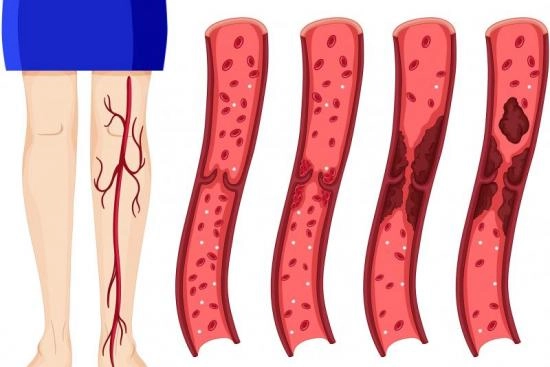Arteriopathy obliterans is a major challenge for vascular health, progressively reducing blood flow to the limbs and causing pain and limited mobility. These issues can significantly affect daily life and overall well-being.
Treatment of arteriopathy obliterans in Turkey offers an effective solution, providing patients with access to modern vascular care, advanced therapeutic options, and experienced medical teams.
Cost of arteriopathy obliterans treatment in Turkey
Treatment in Turkey is high-quality and more affordable than in Europe or the US. Costs depend on the type of procedure and clinic.
Estimated price ranges:
- Diagnostic tests: $300–$800
- Medical management: $500–$1,500
- Minimally invasive procedures (angioplasty/stenting): $4,000–$8,000
- Open vascular surgery: $6,000–$12,000
Prices usually include consultations, hospital fees, the procedure, and follow-up care.
Take the next step: contact us for a free consultation for your arteriopathy obliterans treatment in Turkey and receive a personalized care plan.








